Here's what really happens when you remove a tattoo with lasers
Here's how it works.
Tattoo inks tend to be made of compounds from heavy metals. According to this Smarter Every Day video, tattoo inks often contain metals like lead, copper, and manganese. Some red inks even contain mercury.
The metals in the ink is what gives tattoos their permanency, but some inks have been known to cause allergic reactions like eczema or substantial scarring.
From the moment a needle deposits ink deep in the skin, the immune system recognizes the these particles as foreign intruders, dispatching armies of white blood cells to engulf them. The white blood cells then escort small ink particles to the liver, where they are processed and excreted.
You can see the size difference in the gif below. The black splotches are ink particles, which dwarf the blood cells swimming around them.
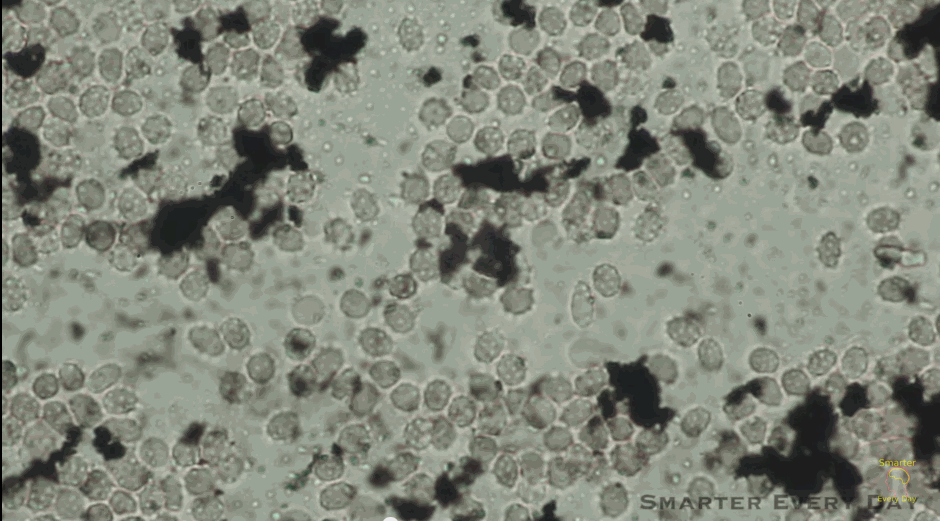
Smarter Every Day
Patrick Lappert, a plastic surgeon who also does tattoo removal, tells Smarter Every Day that a white blood cell trying to engulf an ink particle would be like a human "taking a bite out of an elephant."
That's why they're permanent. To erase a tattoo, you need lasers to break up the ink particles.
This speed and heat is crucial to cracking the ink particles apart.
To break up an ink particle, you need to heat it to make it expand due to thermal expansion, but the zap has to be quick enough so that half of the particle remains cool. The opposing cool and hot forces then rip the ink particle apart.
This process, called photothermolysis, is also used in laser hair removal.
It's also quite painful, often more so than getting a tattoo in the first place. The lasers heat the ink particles to thousands of degrees, but it happens so rapidly and specifically directed toward the ink that the laser doesn't burn the tissue - the energy instead collapses into a shockwave. The shockwave vibrates through the skin and causes the upper layer of skin to lift up and appear white, or to "frost." Though painful, this effect usually lasts just a few seconds.
For some, the appeal of tattoos might be hard to deny. But when it comes to tattoo removal, it might be better to choose wisely and be sure about what you want before diving in front of the needle.
Watch the whole Smarter Every Day video about tattoo removal. One of the world's only 5-star airlines seems to be considering asking business-class passengers to bring their own cutlery
One of the world's only 5-star airlines seems to be considering asking business-class passengers to bring their own cutlery Tesla tells some laid-off employees their separation agreements are canceled and new ones are on the way
Tesla tells some laid-off employees their separation agreements are canceled and new ones are on the way Taylor Swift's 'The Tortured Poets Department' is the messiest, horniest, and funniest album she's ever made
Taylor Swift's 'The Tortured Poets Department' is the messiest, horniest, and funniest album she's ever made
 UP board exam results announced, CM Adityanath congratulates successful candidates
UP board exam results announced, CM Adityanath congratulates successful candidates
 RCB player Dinesh Karthik declares that he is 100 per cent ready to play T20I World Cup
RCB player Dinesh Karthik declares that he is 100 per cent ready to play T20I World Cup
 9 Foods that can help you add more protein to your diet
9 Foods that can help you add more protein to your diet
 The Future of Gaming Technology
The Future of Gaming Technology
 Stock markets stage strong rebound after 4 days of slump; Sensex rallies 599 pts
Stock markets stage strong rebound after 4 days of slump; Sensex rallies 599 pts

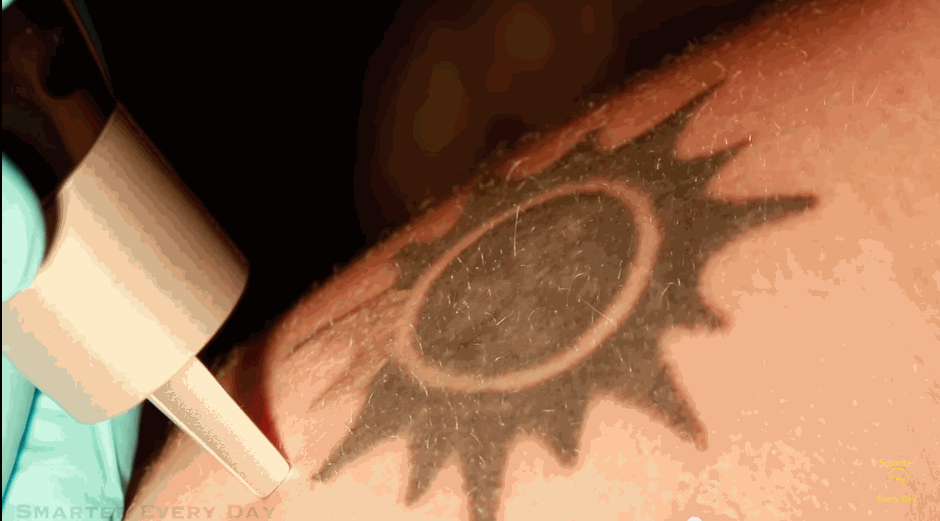
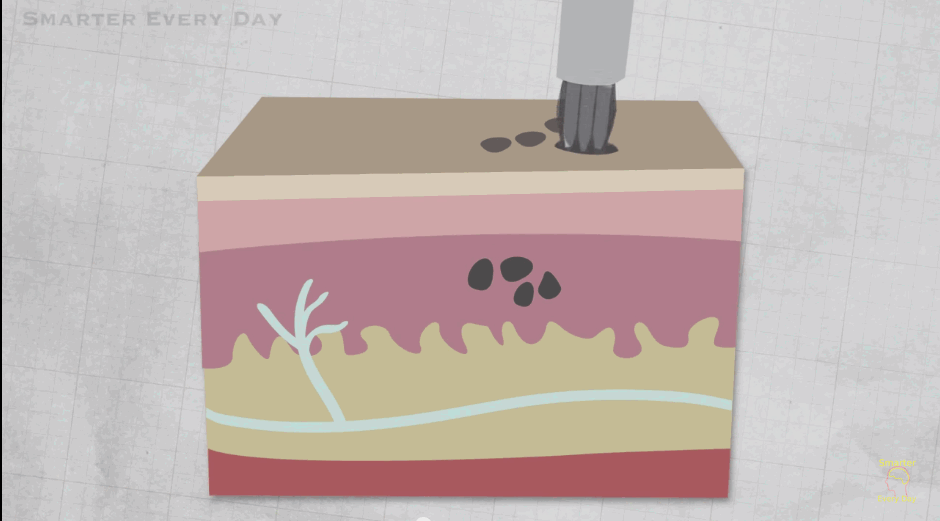
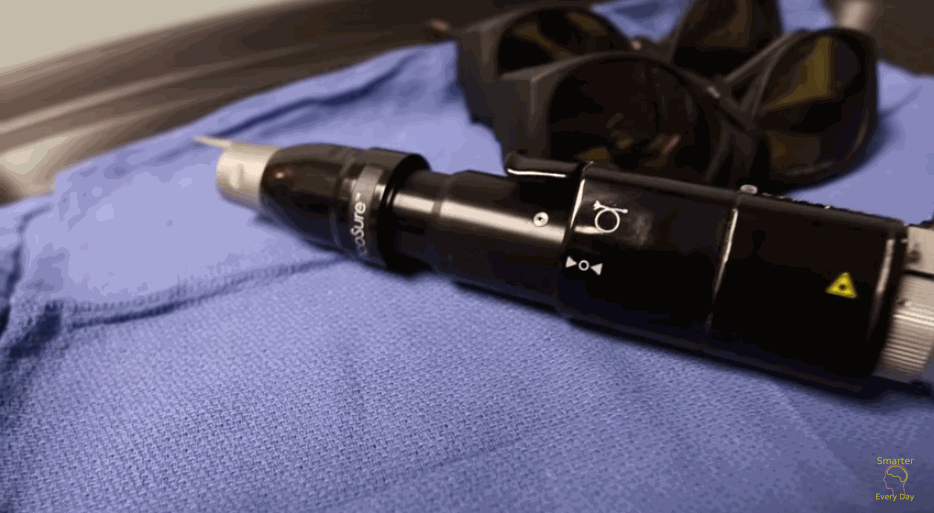
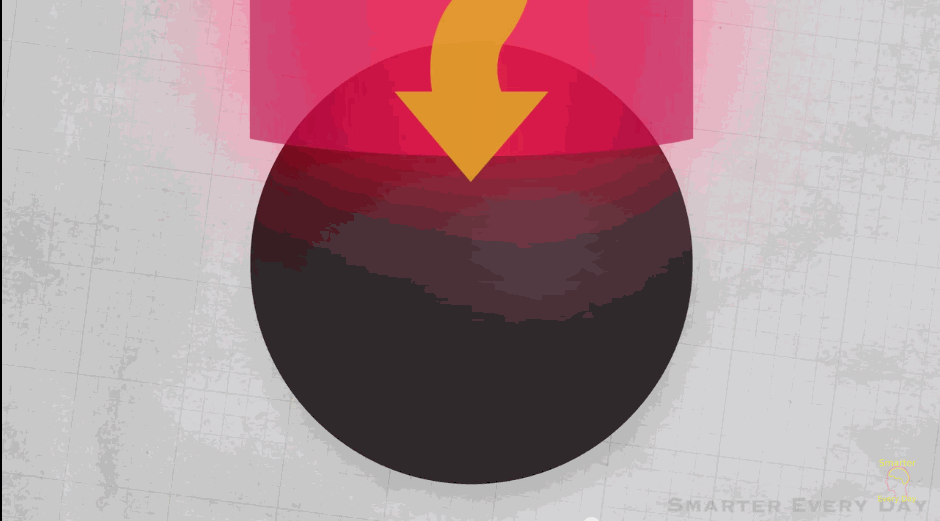
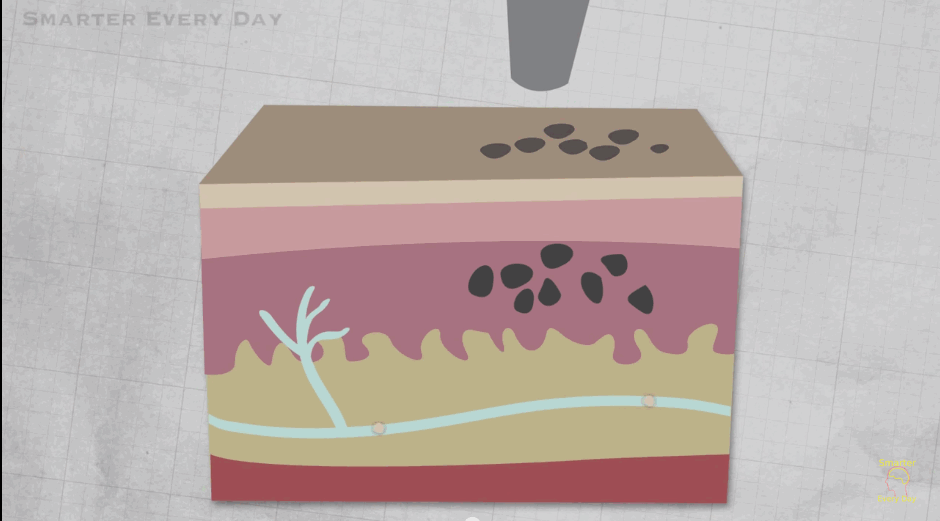
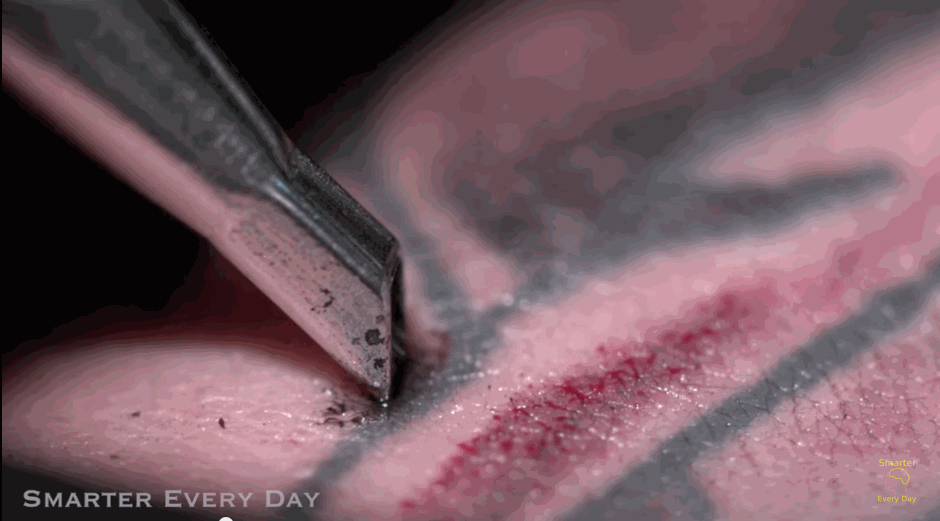
 Next Story
Next Story